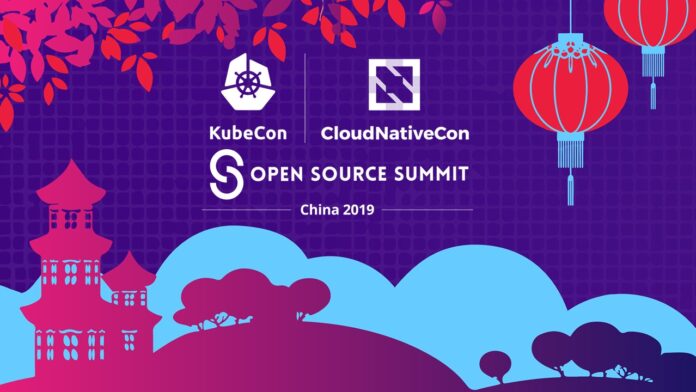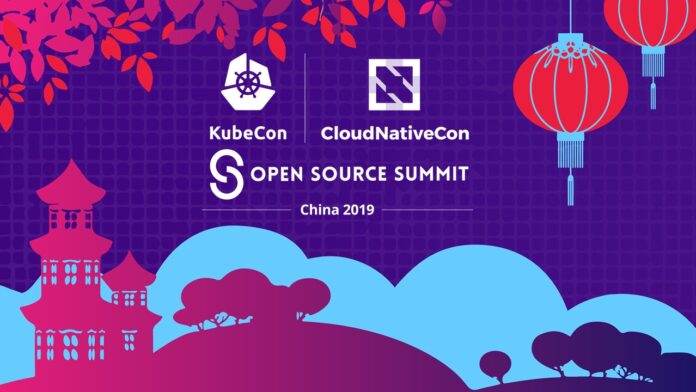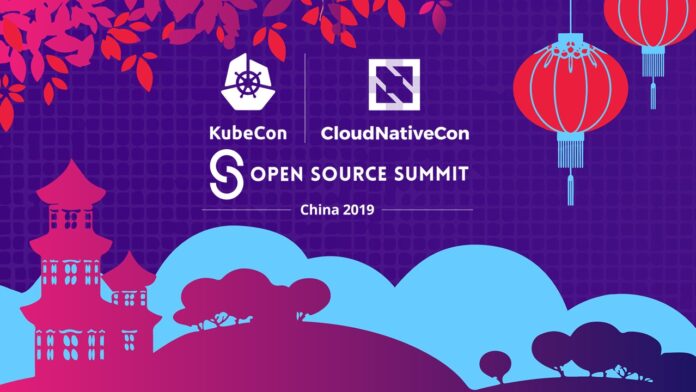IBM has closed the acquisition of Red Hat today for approximately $34 billion. Post-acquisition, Red Hat will operate as a distinct unit within IBM and will be reported as part of IBM’s Cloud and Cognitive Software segment. Maintaining its branding and independence within IBM, Red Hat will continue to be led by Jim Whitehurst and its current management team. Whitehurst is joining IBM’s senior management team, reporting to Ginni Rometty. IBM will maintain Red Hat’s headquarters in Raleigh, North Carolina, along with its facilities, brands and practices. IBM has a long history of supporting Linux. Back in 2001, IBM committed to investing $1 billion in Linux.
Oracle Sponsors KubeCon + CloudNativeCon + Open Source Summit China 2019
Oracle is a committed and active member of the Linux community and is a gold sponsor of KubeCon + CloudNativeCon + Open Source Summit China 2019 (Shanghai, June 24-26, 2019). A founding platinum member of The Linux Foundation® and also a platinum member of Cloud Native Computing Foundation® (CNCF®), Oracle is dedicated to the worldwide success of Linux for organizations of all sizes…
Click to Read More at Oracle Linux Kernel Development
Oracle Sponsors KubeCon + CloudNativeCon + Open Source Summit China 2019
Oracle is a committed and active member of the Linux community and is a gold sponsor of KubeCon + CloudNativeCon + Open Source Summit China 2019 (Shanghai, June 24-26, 2019). A founding platinum member of The Linux Foundation® and also a platinum member of Cloud Native Computing Foundation® (CNCF®), Oracle is dedicated to the worldwide success of Linux for organizations of all sizes…
Click to Read More at Oracle Linux Kernel Development
Oracle Sponsors KubeCon + CloudNativeCon + Open Source Summit China 2019
Oracle is a committed and active member of the Linux community and is a gold sponsor of KubeCon + CloudNativeCon + Open Source Summit China 2019 (Shanghai, June 24-26, 2019). A founding platinum member of The Linux Foundation® and also a platinum member of Cloud Native Computing Foundation® (CNCF®), Oracle is dedicated to the worldwide success of Linux for organizations of all sizes…
Click to Read More at Oracle Linux Kernel Development



